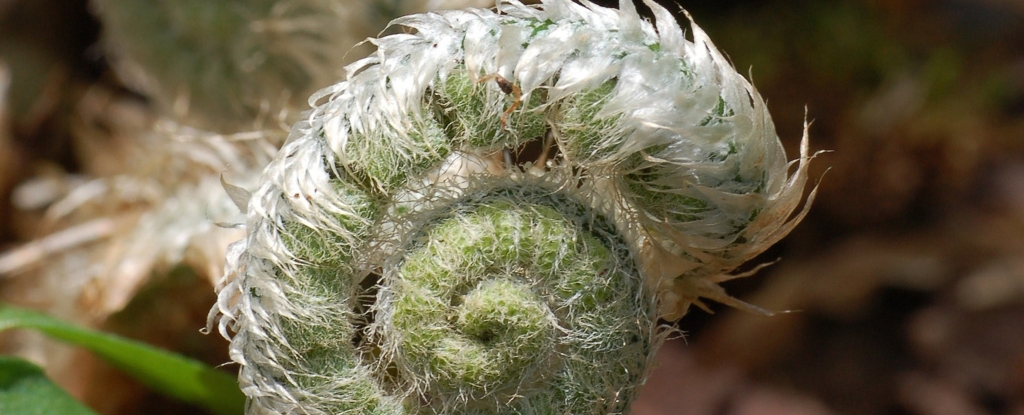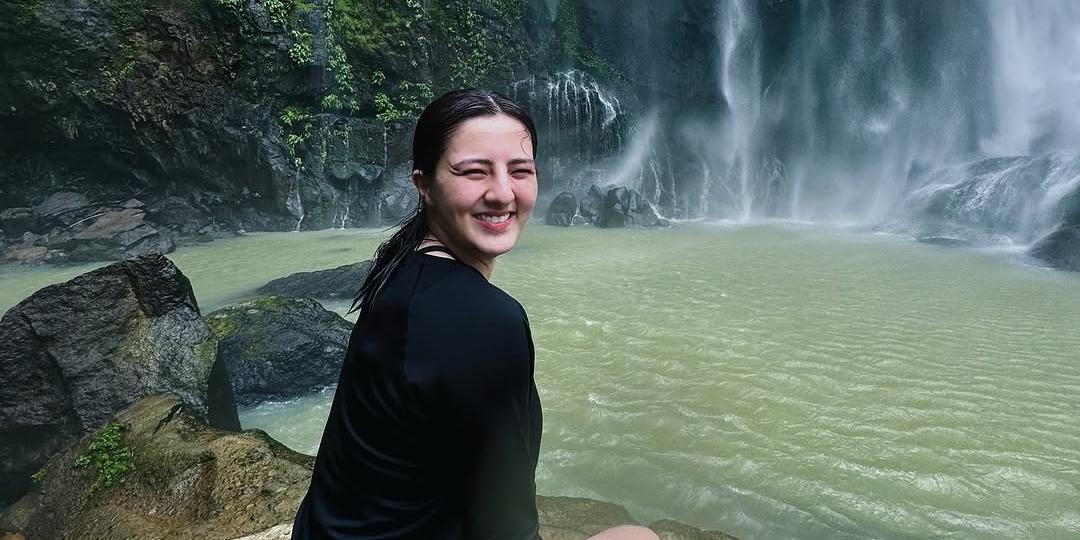Imagine a photograph of your great-grandparents, grandparents and parents side by side. You'd see a resemblance, but each generation would look distinct from its predecessors. This is the process of evolution in its simplest form: descent with modification.
Over many generations, a staggering amount of modification is possible. This is how the diversity of life on Earth came to be. This idea, though, has long been misunderstood as a path that leads in one direction toward "higher" or "better" organisms.
For example, Rudolph Zallinger's famous 1965 Time-Life illustration " The Road to Homo sapiens " shows humans evolving in a stepwise fashion from ape-like ancestors to modern man. A post shared by Bioanthro💀💀 (@bioanthro) Extending this perspective beyond humans, early paleontological theories about ancient life supported the idea of orthogenesis, or "progressive evolution ," in which each generation of a lineage advanced toward more sophisticated or optimized forms. But evolution has no finish line.
There is no end goal, no final state. Organisms evolve by natural selection acting at a specific geologic moment, or simply by drift without strong selection in any direction. In a recently published study that I carried out with Makaleh Smith , then an undergraduate research intern at Harvard University who was funded by the National Science Foundation, we sought to study whether a one-way model of reproductive evolution always held true in plants.
To the contrary, we found.



















